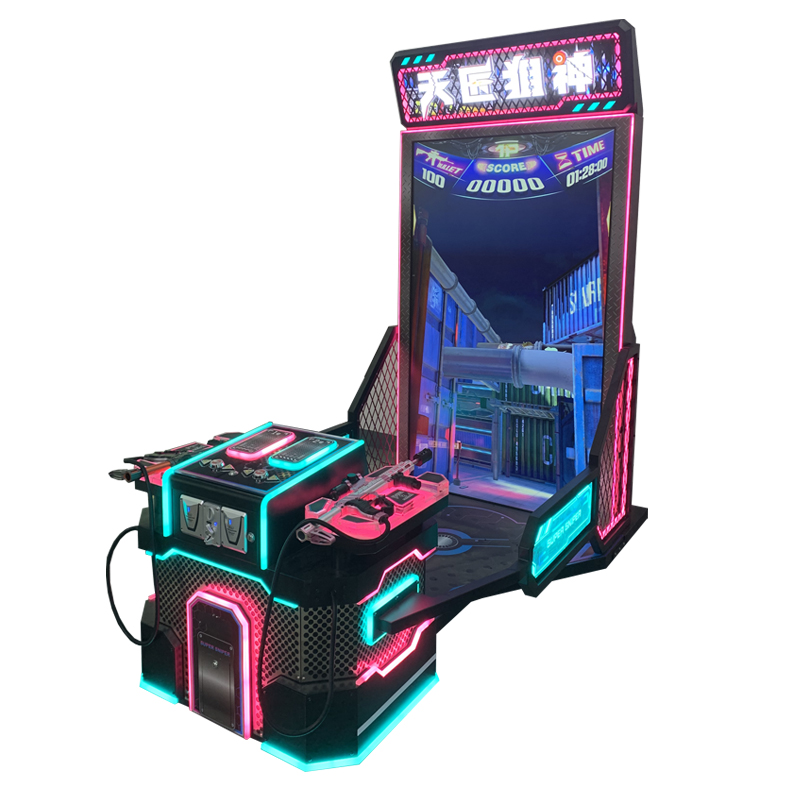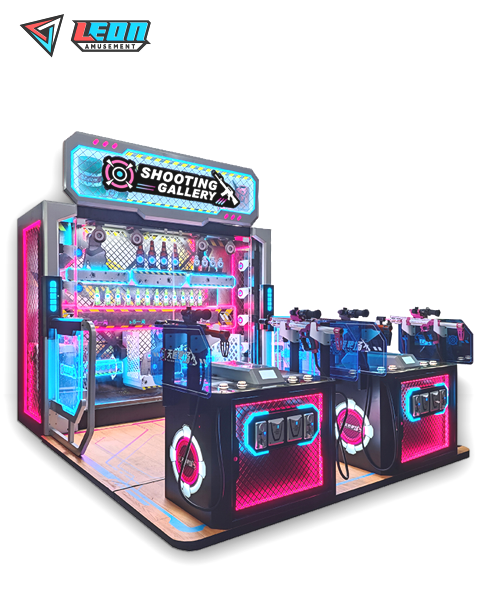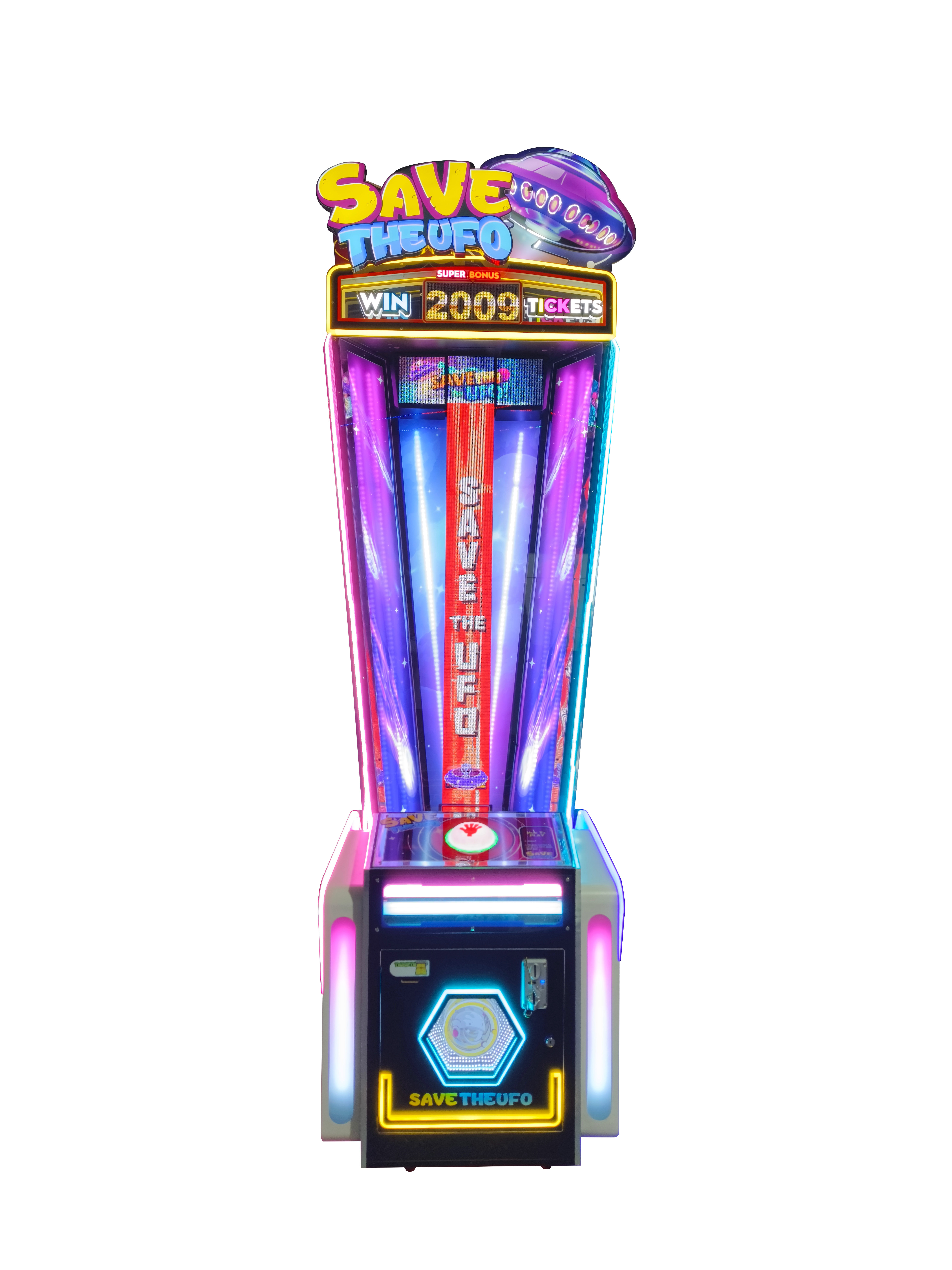To operate your arcade game place efficiently, start by selecting a strategic location with high foot traffic, such as malls or entertainment centers, to maximize customer flow. Invest in a diverse range of games, including racing, fighting, and redemption games, to attract different age groups. Regular maintenance of machines is crucial—well-maintained equipment can extend lifespan by 20%. Use data analytics to monitor game performance and adjust machine placements for higher engagement. Offer promotions, such as membership cards or reward points, to encourage repeat visits.
Table of Contents
ToggleChoosing the right location
A location near a commercial center can have 40%–60% more foot traffic compared to a residential area. For example, an arcade store in Beijing’s Sanlitun area brings in 500–700 people daily, with about 10% of them entering to play. It is estimated that each customer spends an average of 50 yuan, resulting in 2,500–3,500 yuan in daily income and 75,000–105,000 yuan monthly. Local rental standards in this area are about 35,000 to 60,000 yuan per month, meaning a store with reasonable foot traffic can achieve 15,000–45,000 yuan in net profit.
An in-depth study of rent-to-footfall ratios in different regions reveals that shopping mall rents may be higher, but footfalls can increase by around 30%, balancing out the higher rental costs. For example, rent on Nanjing Road in Shanghai can exceed 80,000 yuan per month, but with up to 1,000 people passing by daily, potential income can surpass 150,000 yuan monthly.

Diversifying game options
Stores with 20 or more arcade machines tend to see customers stay for around one hour, while those with only 10 to 15 machines average closer to 40 minutes. Fighting games like “King of Fighters” and racing games like “Initial D” account for 70% of arcade player spending, with each machine charging 5–10 yuan per play. Customers usually play 2–3 times, spending at least 15 yuan each. Introducing VR gaming equipment can attract younger players and increase per-play fees to 20–50 yuan.
For example, one arcade in Shenzhen increased monthly revenue by 15% after introducing 3 VR machines. Each machine generated an additional 500–1,000 yuan daily, allowing the equipment to pay for itself within six months. Therefore, store owners should consider adding 1–2 new machines monthly, particularly VR and interactive devices, to attract more customers and boost repeat business.
Reasonable pricing strategy
Customer top-ups are influenced by promotions, such as a 20-yuan bonus for a 100-yuan top-up, which can increase top-ups by 30%. After a store in Guangzhou introduced a promotion offering an extra 30 yuan for a 100-yuan top-up, monthly top-ups increased from 12,000 yuan to 16,000 yuan, and average customer spending rose from 80 yuan to 104 yuan — a 30% increase. Additionally, loyalty programs help boost customer retention. Research shows that customers who participate in point-based reward programs return 3–4 times per month, compared to 1–2 visits for those who do not.
One store introduced a loyalty program offering movie tickets and drinks in exchange for points, attracting over 70% of regular customers to return. This increased average monthly spending by 50 yuan per customer. Optimizing top-up promotions and point-based rewards not only boosts single-purchase amounts but also enhances customer engagement.

Providing a comfortable environment
A comfortable environment can increase customer dwell time and revenue. Studies show that providing seating areas and air purification systems can extend customer visits to 90 minutes, compared to 45–60 minutes in stores without such amenities. For example, one arcade saw average customer stay time increase from 50 minutes to 75 minutes after adding extra seating, with individual spending rising from 40 yuan to 60 yuan. Additionally, temperature and air quality are essential for customer comfort. Shops maintaining a temperature of 22–24°C see a 15% higher return rate than those with variable temperature control.
Hosting regular events
Store revenue can increase by 30%–50% during tournament events. For example, one arcade hosted a fighting game tournament that attracted 150 players, each paying a 50-yuan entry fee, generating 7,500 yuan. Food and drink sales during the event increased by 2,500 yuan, bringing the total to 10,000 yuan. Group events like this also increased return rates by 20%, as friends often come back together to participate.








